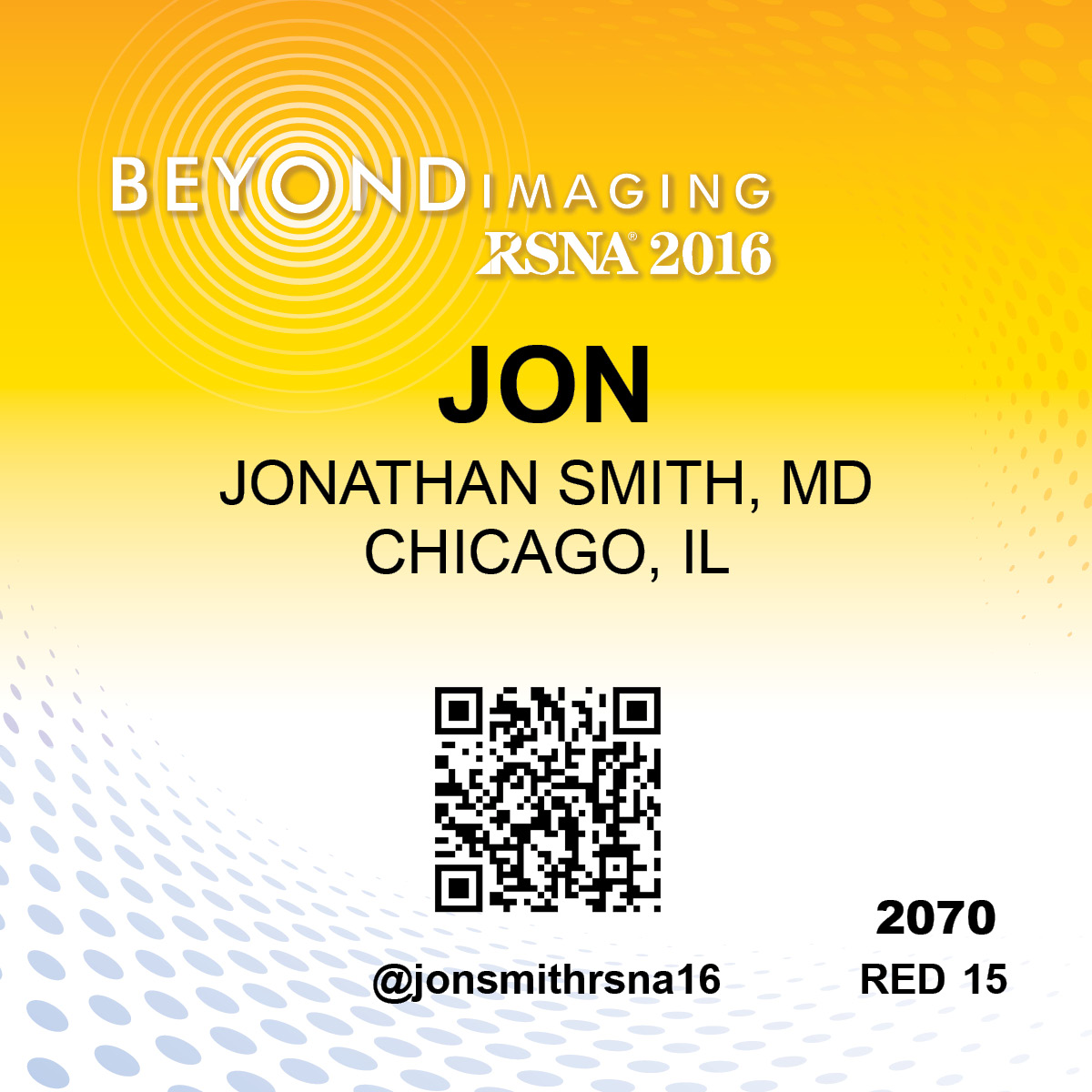Origins of Interventional Oncology Can Be Traced to a Chicago Pizzeria
Thursday, Dec. 01, 2016
As strange as it sounds, the roots of interventional oncology can be traced back to a gathering at an iconic Chicago pizzeria during an RSNA annual meeting nearly 20 years ago. But it wasn't just the pizza that brought more than 20 radiologists to Gino's East in Chicago's River North area on that Tuesday night in November 2000.
It was their collective curiosity and sense of exploration about the future of ablation that led to their meeting and laid the groundwork for what would become interventional oncology. The pizza was just a bonus.
"I'm emotionally attached to that meeting because that was truly the start of a new chapter of medicine. That was the core group that eventually developed this branch of interventional oncology. We shared these values and a vision," said Riccardo A. Lencioni, MD, now one of the world's foremost interventional oncologists and founder of the European Conference on Interventional Radiology (ECIO).

The group pictured above were among the attendees at a Gino's East pizzeria gathering nearly 20 years ago that spurred the growth of interventional oncology.
At the time of the gathering, the term interventional oncology hadn't yet been coined. Using radiofrequency ablation for liver tumors was in its embryotic stage, though it was used more frequently in Europe, especially in Italy where Dr. Lencioni and Luigi Solbiati, MD, practiced.
Dr. Solbiati was one of the organizers of the Gino's meeting, along with J. William Charboneau, MD, who presented the RSNA 2006 New Horizons Lecture about the then-emerging field of image-guided cancer treatment.
For three hours in a semi-private enclave of the restaurant, the group shared their experiences using radiofrequency ablation to target liver tumors, and to some extent, kidney tumors and bone cancers. They saw the potential for this technique, even though they didn't know quite where it was headed.
"The specialty has gone in a few directions I didn't anticipate back then," said Matthew R. Callstrom, MD, PhD, a consultant in the Division of Diagnostic Radiology at Mayo Clinic and a professor of radiology at Mayo Clinic College of Medicine in Rochester, Minn.
Dr. Callstrom pointed to kidney ablation as an area in which he didn't anticipate growth. At the start, interventional oncologists focused on liver ablation because that was where the technique was first employed.
"Kidney ablation was just starting to come online when we met, so people didn't know if that was going to be a significant area. That's turned out to be what climbed the ladder of clinical acceptance the fastest," Dr. Callstrom said.
Interventional oncology saw rapid growth as the image-based, minimally invasive approach became more widely accepted as an alternative to surgery. Some of the newest technologies include radioembolization, microwave ablation, tumor cryoablation, focused ultrasound, light-activated therapy and ultrasound-mediated drug delivery.
As the technologies developed, the group stayed in touch to keep current on their latest findings, allowing the field to experience a grass-roots style growth.
"That was very useful because if somebody was doing something unique, we were able to disseminate information quickly before it was published in any peer-reviewed journal," said Damian E. Dupuy, MD, director of tumor ablation at Rhode Island Hospital and a professor of diagnostic imaging at Brown Medical School in Providence, R.I.
Eventually, the informal meetings became more structured and led to the creation of the Society for Interventional Radiology (SIR) and the Cardiovascular and Interventional Radiological Society of Europe (CIRSE). An annual conference, the World Conference on Interventional Radiology (WCIO), was also created and is held in the United States each year, in addition to the annual ECIO held in Europe.
An interventional oncology multisession series at RSNA's annual meeting also developed as the group continued to meet over the years. The series, which began at RSNA 2005, has blossomed to a five-day symposium that ends Thursday at RSNA 2016.
Many of the original group serve as moderators or presenters of the symposium, including Drs. Callstrom, Dupuy, Lencioni and Solbiati. They've earned international renown as their careers progressed and ablation gained wider clinical acceptance.
"RSNA, because of its wide-reaching international interest, was the perfect opportunity at that time to bring together experts from various countries. It allowed the meeting at Gino's to occur. If you didn't have the RSNA annual meeting, the growth of interventional oncology might not have happened as easily or as organically," said Dr. Dupuy.




 Home
Home Program
Program Exhibitors
Exhibitors My Meeting
My Meeting
 Virtual
Virtual Digital Posters
Digital Posters Case of Day
Case of Day

